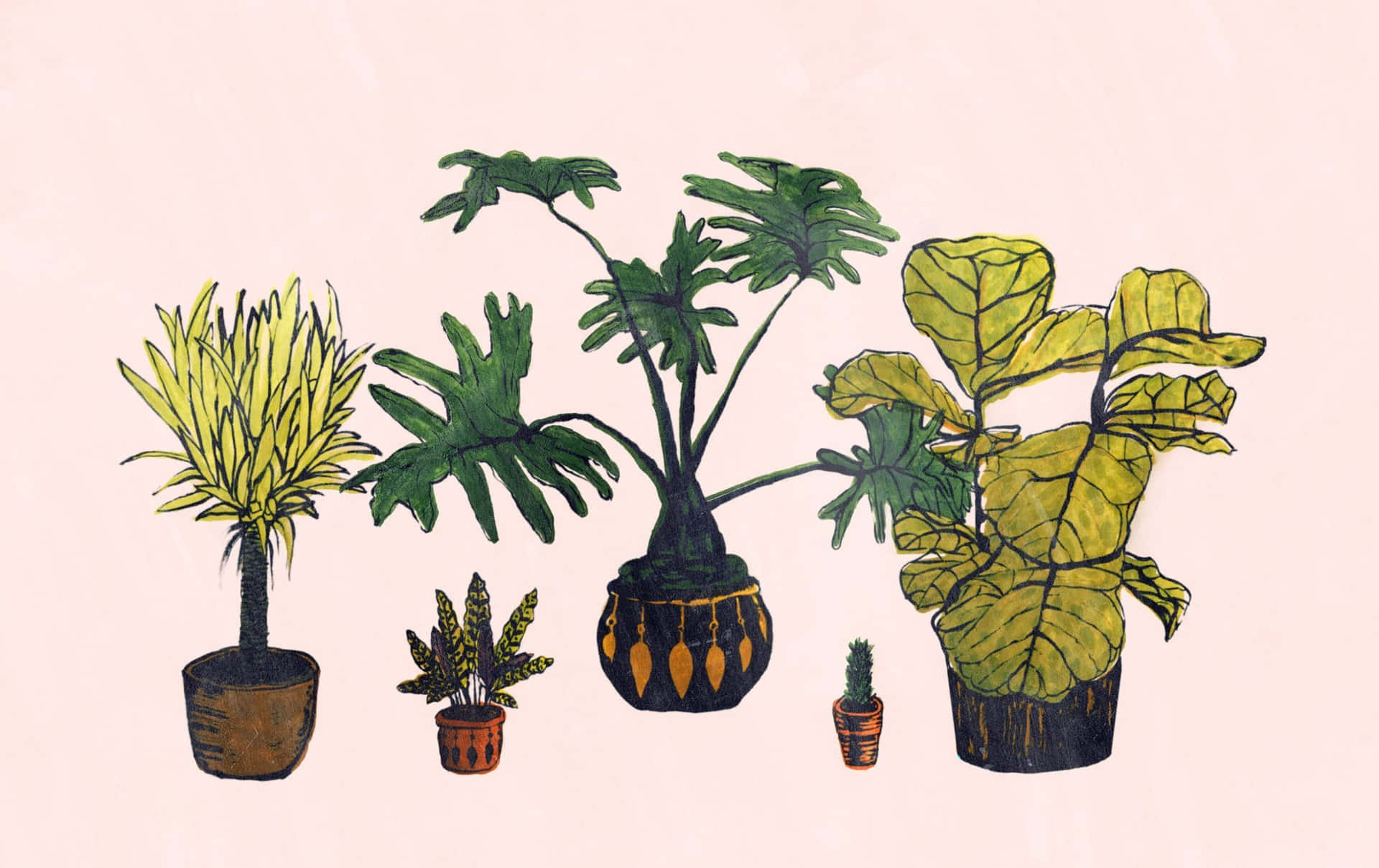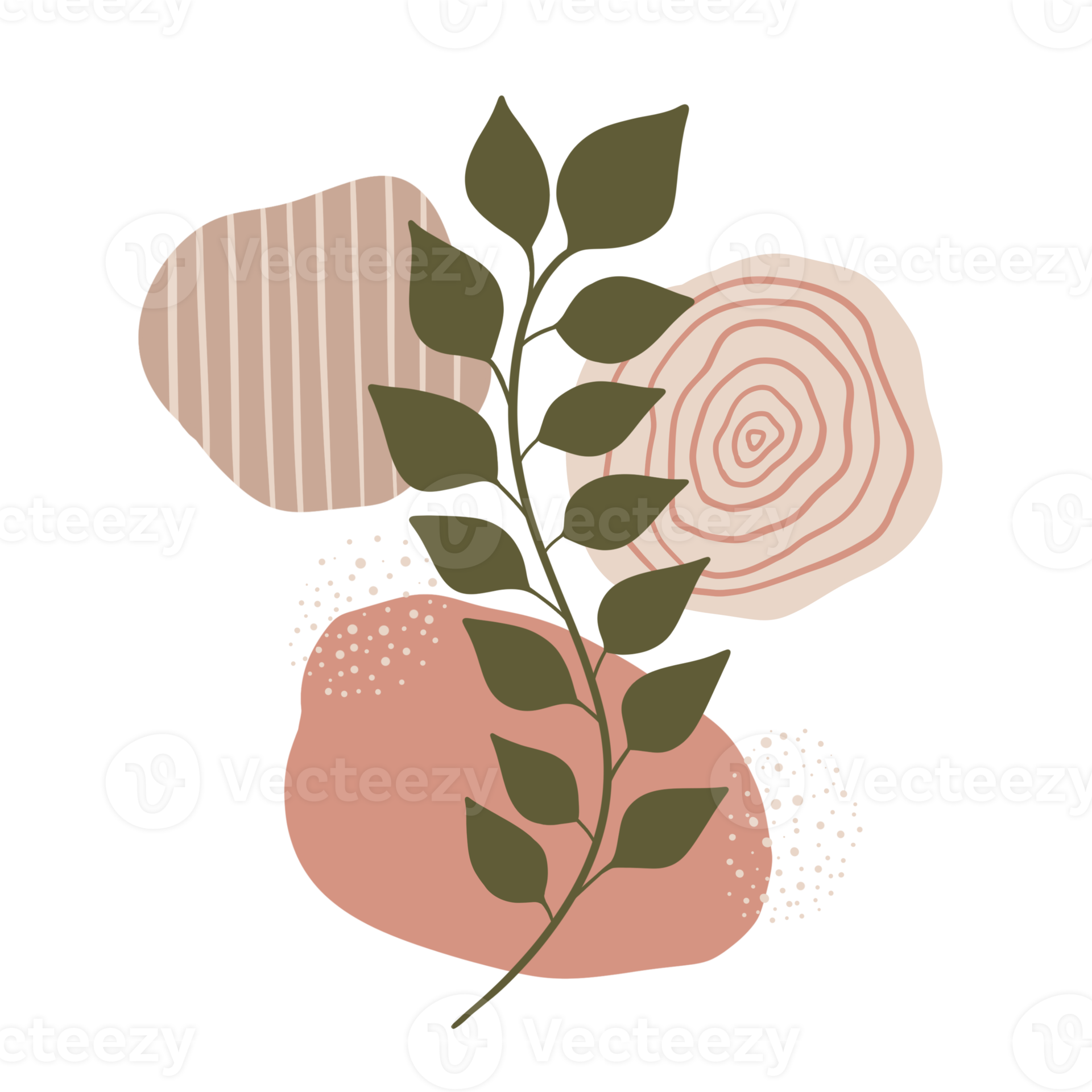“minimalist plant style
- Okay, Here Is A Comprehensive Article About Garden Border Plants, Aiming For Approximately 1600 Words, Written In English.
- Herbs For Cooking
- How to Source Bulk Tropical Houseplants
- Plants For Home Decor
- Okay, Here Is A Comprehensive Article About Plant Watering Schedules, Aiming For Approximately 1600 Words.
Table of Content
Harika bir konu! Minimalist bitki stilini 1600 kelimeyle detaylıca ele alan bir makale taslağı hazırladım. Bu metin, minimalist felsefeyi bitki dünyasına nasıl entegre edeceğinizi, hangi bitkileri seçeceğinizi, nasıl stilize edeceğinizi ve bakımını nasıl yapacağınızı kapsamlı bir şekilde açıklıyor.

The Art of Intentional Greenery: Embracing Minimalist Plant Style
In an increasingly cluttered world, the philosophy of minimalism has emerged as a beacon for those seeking clarity, calm, and intentionality. Far from being about deprivation, minimalism is about maximizing what truly matters by removing the superfluous. This principle, initially applied to living spaces, possessions, and even digital lives, has now beautifully permeated the realm of indoor gardening, giving rise to the "minimalist plant style."
More than just a trend, minimalist plant style is a thoughtful approach to integrating nature into modern living. It’s not about having fewer plants for the sake of it, but about cultivating a curated collection that enhances a space without overwhelming it, fostering a sense of peace, focus, and connection to nature. This comprehensive guide will delve into the philosophy, principles, plant selection, styling techniques, and care practices that define this elegant and impactful aesthetic.
I. Understanding the Philosophy: Beyond Bare Walls
At its core, minimalist plant style is an extension of minimalist living. It’s about quality over quantity, intentionality over impulse, and purpose over mere decoration.
A. Simplicity and Clarity:
Just as a minimalist home prioritizes clean lines and open spaces, minimalist plant styling aims to create visual clarity. Each plant is chosen for its unique form, texture, or silhouette, acting as a living sculpture rather than just another item. The goal is to avoid visual noise, allowing the beauty of each plant and its surrounding space to truly shine.
B. Intentionality and Purpose:
Every plant in a minimalist setting has a reason for being there. It might be chosen for its architectural form, its air-purifying qualities, its soothing presence, or simply its ability to evoke a sense of calm. This intentionality extends to its placement, its pot, and its care – everything is considered.

C. Connection to Nature (Biophilia):
Even in a pared-down environment, humans have an innate need to connect with nature, a concept known as biophilia. Minimalist plant style fulfills this need by bringing the essential elements of the natural world indoors in a controlled, harmonious manner. It’s about experiencing the life, growth, and tranquility of plants without the visual chaos that can sometimes accompany an overly abundant collection.
D. Well-being and Mindfulness:
A minimalist plant collection contributes to a serene atmosphere, reducing stress and promoting mindfulness. The simple act of observing a plant’s growth, watering it, or pruning it can become a meditative practice, grounding us in the present moment. The clean, uncluttered environment also reduces mental fatigue, allowing for greater focus and relaxation.
II. Key Principles of Minimalist Plant Style

To achieve the minimalist plant aesthetic, several guiding principles must be embraced:
A. Less is More (But Quality is Paramount):
This is the foundational principle. Instead of filling every corner with plants, select a few high-impact specimens. Focus on healthy, well-maintained plants that stand out on their own. A single, magnificent Fiddle Leaf Fig can have more presence than a dozen small, struggling plants.
B. Focus on Form and Silhouette:
Minimalist plants are often chosen for their distinct shapes, strong lines, and sculptural qualities. Think about how the plant’s leaves, stems, and overall structure contribute to the visual composition of the room. Architectural plants like the Snake Plant or ZZ Plant are perfect examples.

C. Negative Space is Your Ally:
Crucial to minimalism, negative space (the empty space around and between objects) allows the eye to rest and emphasizes the objects within it. In plant styling, this means giving each plant room to breathe. Don’t overcrowd shelves or surfaces. Let the wall or floor around the plant be part of the design.
D. Cohesion and Harmony:
The plants should complement the existing interior design. Consider the color palette, textures, and materials already present in your space. Pots, stands, and the plants themselves should create a unified, harmonious look, rather than clashing elements.
E. Functionality and Practicality:
While aesthetics are important, a minimalist approach also values functionality. Choose plants that thrive in your home’s specific conditions (light, humidity) and that fit your lifestyle (easy care vs. high maintenance). A struggling plant detracts from the minimalist ideal.
III. Choosing the Right Plants for a Minimalist Aesthetic
Not all plants are created equal when it comes to minimalist styling. The best choices are often those with striking forms, simple lines, and a generally unfussy appearance.
A. Architectural & Sculptural Plants:
These plants are the superstars of minimalist design, acting as living sculptures.
- Snake Plant (Sansevieria trifasciata): With its upright, sword-like leaves, the Snake Plant is the epitome of minimalist elegance. It comes in various heights and patterns, requires minimal watering, and tolerates low light, making it incredibly versatile. Its strong vertical lines add height and definition to a space.
- ZZ Plant (Zamioculcas zamiifolia): Known for its glossy, dark green, waxy leaves that grow in a distinctive upright pattern, the ZZ Plant is incredibly resilient and drought-tolerant. Its clean, structured appearance makes it ideal for a modern, minimalist setting.
- Monstera Deliciosa (Swiss Cheese Plant): While it can grow large, the Monstera’s iconic fenestrated (holed) leaves offer a bold, graphic statement. Its unique leaf shape provides visual interest without being overly busy, especially when kept to a manageable size.
- Fiddle Leaf Fig (Ficus lyrata): A popular choice for its large, violin-shaped leaves and tall, tree-like structure. A well-placed Fiddle Leaf Fig can become the focal point of a room, adding a touch of natural grandeur. It requires more specific care but its impact is undeniable.
- Bird of Paradise (Strelitzia nicolai): With its large, paddle-shaped leaves that resemble banana leaves, this plant brings a tropical yet refined feel. Its strong vertical growth and impressive size make it a powerful statement piece in larger minimalist spaces.
- Cacti and Succulents (e.g., Euphorbia trigona, Agave): For smaller, more controlled statements, certain cacti and succulents offer geometric forms and unique textures. The African Milk Tree (Euphorbia trigona) with its columnar, architectural growth is particularly striking.
B. Trailing & Cascading Plants (Used Sparingly):
While often associated with lushness, these can be used minimally to add softness or a gentle cascade from a shelf.
- Pothos (Epipremnum aureum) & Philodendron (e.g., Heartleaf Philodendron): These popular trailing plants can be used in hanging planters or on shelves, allowing a few select vines to trail gracefully without overwhelming the space. Regular pruning helps maintain a tidy, minimalist look.
- String of Pearls (Senecio rowleyanus): Its delicate, bead-like foliage offers a unique texture and can create a beautiful, subtle cascading effect.
C. Small & Delicate Plants (for specific accents):
For very small spaces or to add a touch of life to a desk.
- Air Plants (Tillandsia): These unique plants require no soil and can be displayed in simple geometric holders, on a piece of natural wood, or even suspended, offering an ethereal, minimalist touch.
- Prayer Plant (Maranta leuconeura): While it has patterns, its habit of folding its leaves at night and unfolding them in the morning offers a subtle, dynamic element. Its relatively compact size can fit well in a minimalist setting, especially if it’s the only patterned plant.
IV. Styling Your Minimalist Plant Collection
The way you present your plants is as important as the plants themselves.
A. Pot Selection: Simplicity and Quality:
The pot should enhance the plant, not compete with it.
- Materials: Opt for natural materials like unglazed terracotta, ceramic, concrete, stone, or wood. These materials offer texture and warmth without distracting patterns.
- Colors: Stick to a neutral palette: white, black, grey, natural terracotta, or muted earth tones. These colors allow the plant’s natural green hues to pop.
- Shapes: Simple, geometric shapes are best – cylindrical, conical, square, or classic round pots. Avoid ornate, highly decorative, or brightly colored pots.
- Consistency: While not every pot needs to be identical, maintaining a consistent style or color palette across your collection creates a cohesive look.
B. Strategic Placement:
Every plant should have a purpose and a designated spot.
- Focal Points: Use one large, impactful plant as a central focal point in a room. Place it in a corner, next to a window,

